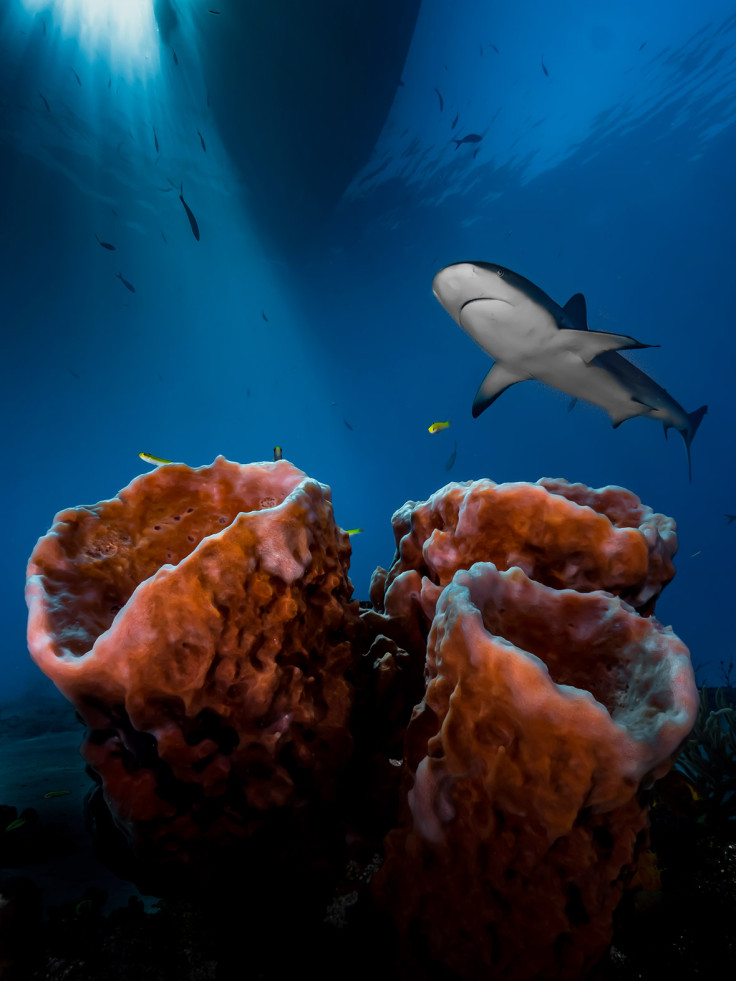We have all descended from sea sponges say scientists
Animal life, as we know, started off at the bottom of the sea in the form of sponges.

Scientists have found sponges were the first to branch off the evolutionary tree to become common ancestors to all other animals that ever lived. This finding has put an end to years of debate in the scientific community over whether it was sea sponges or comb jellies that are what they call the "sister of all animals".
"We need to try to understand the sponges much better if we want to understand the nature of animals' – and our own – deepest ancestry," said Davide Pisani, co-author of the research and professor of phylogenomics (study of evolution and genomics) at the University of Bristol.
In addition to throwing light on the origin of animals, this finding is also vital to scientists in understanding the complexity of the comb jelly as an animal. They are creatures with nervous systems, working guts, they can propel themselves through water, and even have a mouth and a distinct anus, reports the Guardian.
Sea sponges, on the other hand, are found on ocean floors, and are filter feeders. This means they filter water through their bodies and gain nutrition by picking up food that passes them by.
Comb jellies are not a simple enough base to start on, notes Pisani. It would have to be that the sponges lost all of these features and went back to being fixed filter feeders. Also, all these features of comb jellies that are seen in animals today would have had to evolve multiple times in animals.
"I think part of why people love this debate so much is the comb jellies are beautiful and the sponges are somewhat ugly. The sponge is the underdog in a sense," said Pisani. "So it is quite nice to know that we have really humble beginnings, rather than this glamorous start."
Scientists have flip-flopped between comb jellies and sea sponges when it came to explaining common ancestry because both creatures were identified as being at the root of the animal tree at different points of time, reports Science Daily(SD).
Researchers say that the cause for this confusion was the approach to evolutionary data that gave out different results. "Indeed, a flip-flopping dataset is a dataset that supports different evolutionary histories or phylogenetic trees, when analysed using different evolutionary models," Professor Gert Wörheide of Ludwig Maximilian University of Munich (LMU) explained.
Pisani and his team reportedly used a complex statistical technique called Posterior Predictive Analyses to test if existing models used in phylogenetics describe available data on animal evolution accurately. They found that models that make best use of the same dataset and describe it accurately, always put sponges at the root, while inadequate models seem to favour jellies, notes SD. The results were published in the journal Current Biology.
"Our results rationalise this effect and illustrate how you can draw robust conclusions from flip-flopping datasets," added Dr Dohrmann from LMU.
The debate, on the root of the animal tree, however, is bound to continue, noted Pisani, especially from the faction of scientists who still propagate comb jelly roots. But as for his study and statistical accuracy, "this is the last word", the researcher added.
Meanwhile, Professor Antonis Rokas of Vanderbilt University, a man well known as a researcher on comb jelly, has welcomed the new findings, according to the report. He called the study insightful and said it is "a great step in the right direction toward resolving the debate".
However, he believes that the jury is still not out on it as "with this study, the authors have significantly tipped the balance toward the sponges-sister hypothesis".
Rokas believes that the debate will only be settled when "additional genomes from both sponge and ctenophore lineages, as well as models that do not reduce the information provided from the data" are taken into consideration and studied.





















